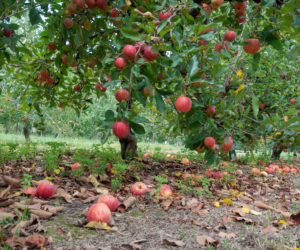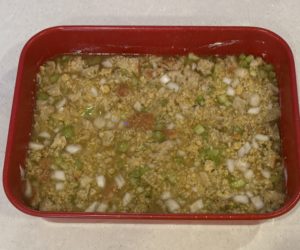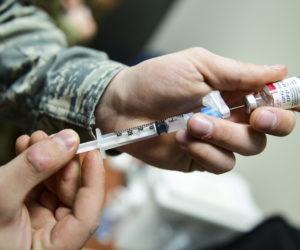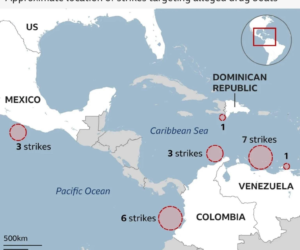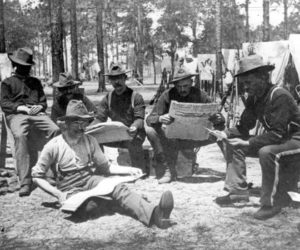
UPDATE:
It has now been two weeks since our first radish harvest and with some trepidation we just concluded our second radish (singular) harvest.
As one can see from our place setting (below), we had already lowered our expectations, but we were not quite prepared for this dismal outcome: worse than the first crop.

We had hoped that our little farm would satisfy our radish cravings during the lockdown.
Alas, it is now back to the supermarket and damn the face-masked torpedoes.
Original Post:
Long before we had heard of coronavirus, or the more sinister-sounding COVID-19, we had considered growing our own vegetables.
Since we only have a small plot of land — a large flower pot — we thought we’d start small, say with radishes. They also happen to be my favorite vegetable.
Also, radishes don’t take up too much territory and they are fast and easy to grow. At least that is what we understood from the exhaustive research we did of all the horticulture and “growing radishes” scientific literature we could lay our hands on.
For example, the following authoritative guide to growing radishes said:
Radishes are easy to grow in any size of garden. They are fast-growing and are ready to harvest in about four weeks from sowing. Sow radish seeds every two weeks in fertile, moisture-retentive soil, throughout summer for crunchy salads. Don’t forget, there are varieties for winter too, such as mooli.
Since it was early spring in Texas, we didn’t even check what “mooli” is.
Another scientific article gave us more detailed instructions:
Plant the seeds ½ inch deep and 1 inch apart in the row. Cover them lightly with loose soil and sprinkle them with water. The plants should be up in 4 to 6 days. Make several plantings 8 to 10 days apart for a steady supply of radishes.
We invested a small fortune in radish seeds and premium potting mix, and followed the instructions religiously.
The days after planting turned into weeks and we finally saw a few seedlings hesitantly stick their heads above the carefully managed, irrigated, aereated, fertilized, pampered, premium potting mix.
We became very excited and nurtured these fragile seedlings and their premium potting mix even more and checked on them every day, twice a day, for a few more weeks.
Patiently, we continued to grab whatever radishes our supermarket had available to hold us until it was time…
Then came spring and with it the full effect of coronavirus and the impact it had on grocery shopping and groceries availability and the potential importance of being self-sufficient for a while.
Finally, we had to decide: harvest our homegrown crop of radishes or risk one final supermarket run to grab whatever was left in the radishes department.
We decided on the former, but I was too nervous to assist in the harvest. Thus, my wife did the honors while I laid a festive place setting to enjoy the fruits of our labor of love — of what is called “harvest to table.”
Generous as she is, my wife let me have the largest radish she could find (lead image), while she would banquet on the more average product of our horticulture experiment (below).

We hope the “lockdown” will not last much longer and we now plan to try our hand at growing mooli – whatever that is – in the fall.
CODA: Doing a post-mortem of our agricultural experiment, we read that “excess nitrogen in soil and neutral acidity will slow the forming of radishes.” Now they tell us.



